
What Causes Paint Protection Film to Turn Yellow and How to Fix It?
✏ A Nath | 📅 29 Mar 2024 | 🔖 Paint Protection Film
Paint protection film can turn yellow when exposed to elements like sunlight, UV light, heat, oxygen, chemicals, and moisture. Additionally, improper manufacturing can also cause the film to yellow.
In theory, all items will turn slightly yellow over time due to natural processes and external factors. However, the extent of yellowing on a cars coat can vary depending on customer preferences, with white cars appearing more yellow than black cars. This has led to disagreements among car owners, stores, and brands on whether the yellowing is present and what causes it.
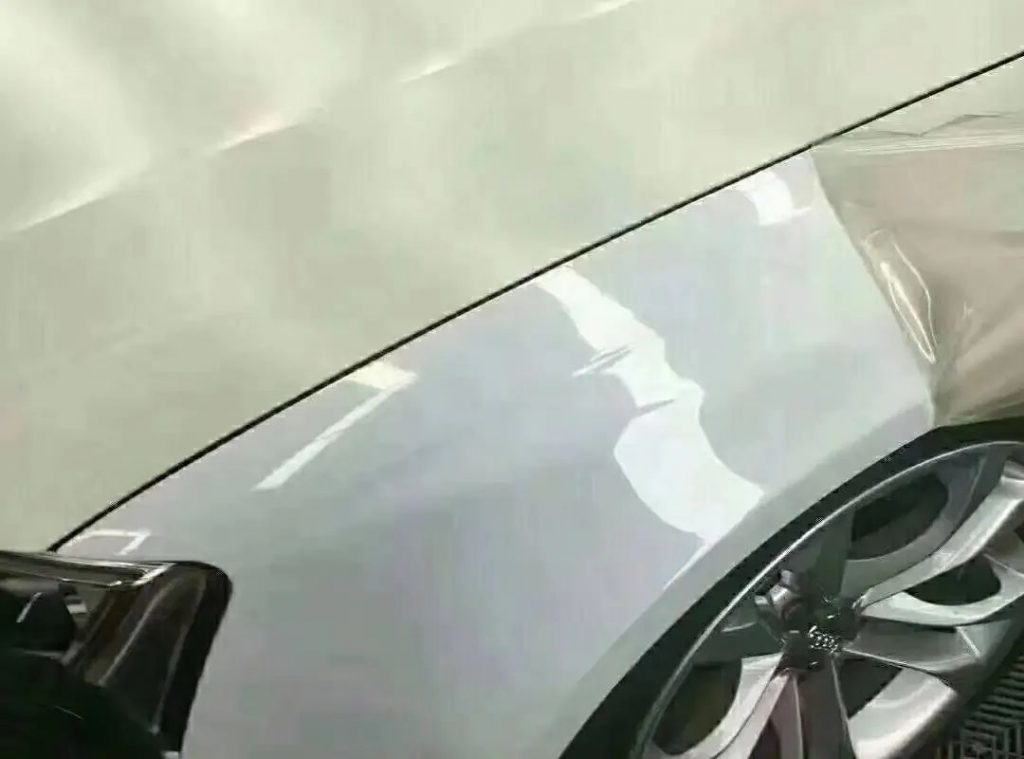
Understanding The Causes Of Yellowing:
TPU coating is a clear layer applied on top of the TPU base to improve the performance of the car PPF against various weather conditions. When dirt like dust, rain, bird droppings, iron powder, etc., sticks to the film and seeps into the TPU base over time, it may appear foggy, lose shine, and turn yellow. This yellowing is often not due to the coating itself.
Dust and stains can cause some parts of the car to turn yellow if not cleaned promptly. To remove the yellowing, use a neutral detergent without abrasives to clean the vehicle thoroughly. Avoid unnecessary polishing, as it can damage the cars protective coating and lead to more issues. Pseudo yellowing is usually limited to certain areas, but if dust and stains deeply penetrate the TPU base film, it may be difficult to eliminate.
Improper TPU base film and glue can cause irreversible, large-area yellowing. Its best for the store and owner to discuss removing and reinstalling it promptly.
Its important to note that while yellowing of the TPU base film, coating, or dust stains may cause tearing and reinstallation issues, yellowing of the glue poses a greater risk. A chemical reaction between the glue and the car paint could potentially harm the car paint.
Different Levels of Yellowing:
How can we accurately determine if the car coat has yellowing and identify the cause based on the level of yellowing through specific testing and analysis using the Yellowness Index (YI) standard?
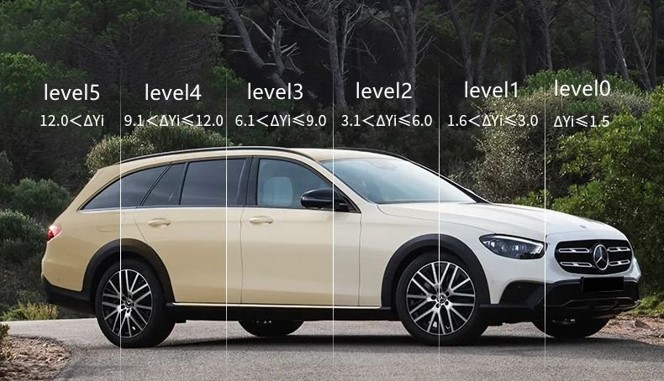
Typically, a genuine Paint Protection Film (TPU) comes with a 3-5 year warranty for masterbatch yellowing, which is yellowing with an index of 2 or lower. However, in practice, many car PPF yellowing instances seen by car owners post-purchase are clearly discolored, with the index exceeding a level of 3. Therefore, aside from ruling out yellowing cases caused by masterbatch below level 2, we should also conduct specific analyses and assessments based on various factors that could result in car PPF yellowing.
Three primary factors determine if a car coat will become yellow or not.
1. The top coating,
2. The glue and
3. The base film: In most cases, the base film is the most likely to cause yellowing.
The paint protective film has gone through many improvements since it first came out. The old PVC ppf is no longer used, and now the base film that may turn yellow is mostly TPH.
TPH material is commonly added to PVC to make it softer and easier to install. Despite this, since the base material is still PVC, TPH PPF tends to yellow easily.
Read More :
- How to maintain a Car Paint Protection Film (PPF)? A Detailer Guide
- Ceramic Coating Brands for Vehicle
- Top Branded Paint Protection Films in India
Technical Information: Types of Films
1. Aromatic TPU Film:
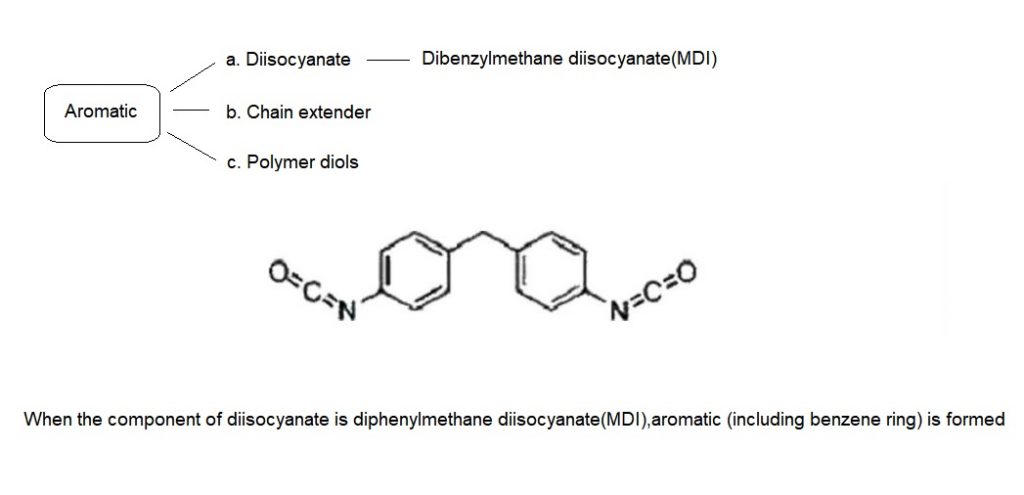
Aromatic TPU has a benzene ring in its structure, making it prone to oxidation when exposed to ultraviolet light, leading to irreversible yellowing. Due to this, aromatic TPU is commonly used in soft foam, ship parts, and building materials that do not require high resistance to yellowing. It is not recommended for use in automobile TPU base materials.
2. Aliphatic TPU Film:
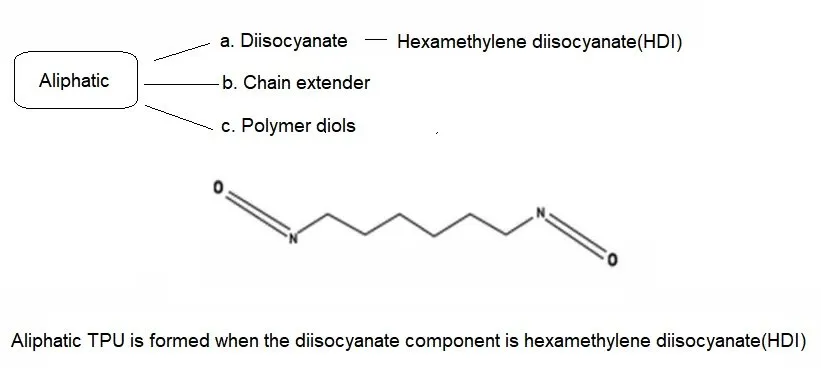
Aliphatic TPU is the best choice for PPF base material because it lacks benzene rings, has a high molecular arrangement density, resists UV oxidation, and prevents yellowing. This material is commonly used in premium footwear, LED accessories, optical lenses, invisible car wraps, and other applications where yellowing resistance is important.
Possibility of Yellowing the Film: Glue/Adhesive
The adhesive used for car PPF must be exclusive and specially designed for car paint and TPU substrates. The glue should be transparent in color, have strong resistance to weather, and not easily react with car paint or TPU base film. It is important to avoid using non-directional development glue for PPF, as it can easily lead to TPU yellowing when it comes into contact with car paint and TPU base film. If the glue has seeped into the TPU substrate, it will cause irreversible damage.
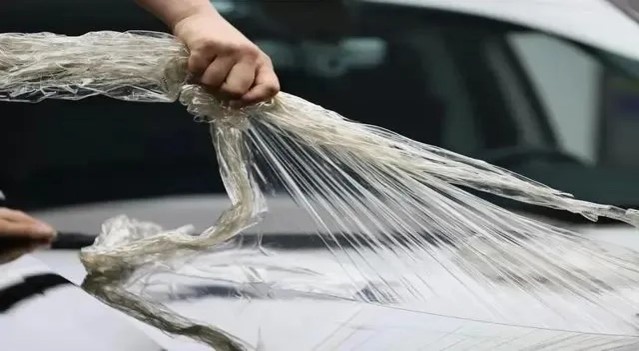
Less possibility of yellowing: coating
TPU coating is a clear layer applied on the TPU substrate of the car PPF to improve its performance in different weather conditions. During regular use, dirt like dust, rain, bird droppings, and iron particles stick to the film and seep into the TPU base film over time. This can make the film appear hazy, lose its shine, and even turn yellow. However, this yellowing is mostly not caused by the coating itself, but rather a pseudo-yellowing.
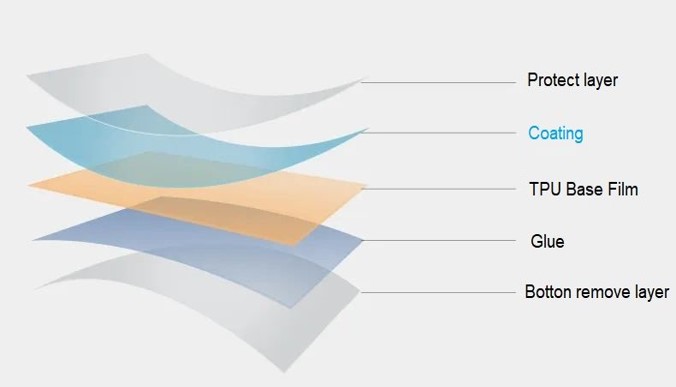
How to deal with the yellow PPF?
For "pseudo-yellowing" caused by stain adhesion:
Dust and stains can cause some parts of the car to turn yellow if not cleaned promptly. To address this issue, use a gentle detergent to clean the vehicle thoroughly. Avoid unnecessary polishing, as it can harm the cars protective coating and lead to additional issues. Pseudo-yellowing is usually limited to specific areas, but if dust and stains deeply penetrate the TPU base film, they may be difficult to remove.
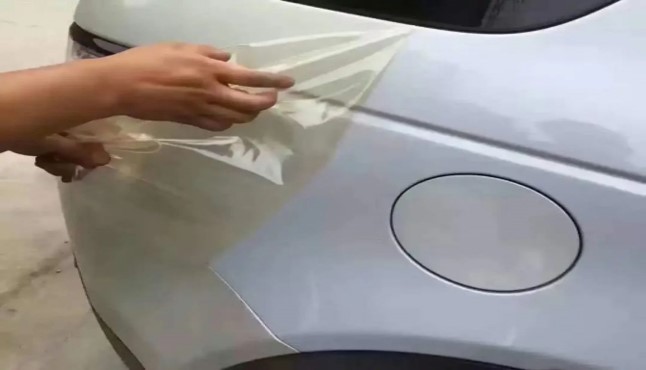
For yellowing caused by base material glue:
Improper selection of TPU base film and glue can cause widespread yellowing that cannot be reversed. It is advisable for the store and owner to discuss removing and reinstalling it promptly.
Its important to note that while yellowing of the TPU base film, coating, or dust stains may result in film tearing and reinstallation, yellowing of the glue poses a greater risk. A chemical reaction between the glue and the car paint could potentially harm the car paint.
How To Avoid PPF Yellowing in the Future?
Yellowing is a common occurrence caused by the passing of time, making it inevitable for the car ppf not to yellow completely. Therefore, lets focus on managing the yellowing level of the car ppf within the industry standard level 2, which indicates only a slight discoloration.
1. Initially, it is important to understand that yellowing is unavoidable for PVC, TPH, and aromatic TPU car coats. Typically, the yellowing becomes noticeable within 6 months to 2 years. To prevent this, opt for aliphatic TPU material. Keep in mind that the yellowing rate varies among different brands of aliphatic TPU material, so choose substrate particles wisely based on industry expertise.
2. The car coat glue selection should prioritize exclusivity. The coating factory must choose glue brands that have undergone thorough testing and certification in the market. It is important to avoid using glue brands that have not been rigorously tested and proven in the market.
3. Its crucial for car owners to have good habits. They should wash their cars every two weeks and take them for maintenance every six months to prevent surface stains from causing discoloration.
TDG, aka "The Detailing Gang," co-powered by Ola Car Wash Pvt. Ltd., is recognized for its dedication to transparency, positioning itself as a leading service provider in Delhi. While some competitors may mislead customers and deliver subpar work, TDG prioritizes honesty to guarantee that customers investments are well-utilized. Check out our extensive range of branded paint protection film services at the best price.
Website: www.thedetailinggang.com
Contact: Call us at +91-852-722-7733 (9 am to 7 pm) or ![]() anytime
anytime
Our Workshop location: X-14, Ground Floor, Okhla Phase II, South Delhi, New Delhi-110020 (IN) 📌